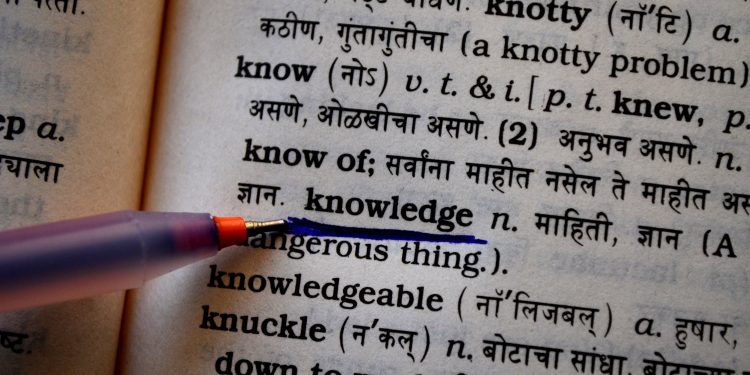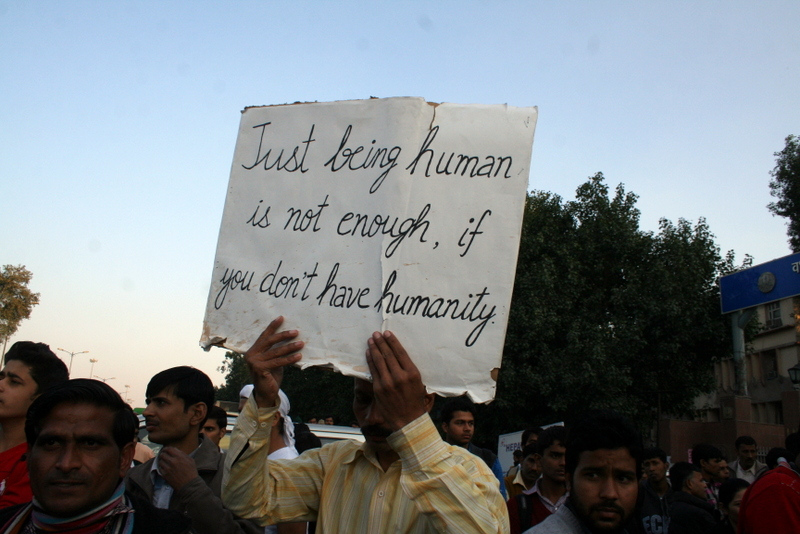Yellow Journalism: The Dark Side of Media

What is Yellow Journalism?
The definition of Yellow Journalism states that Yellow journalism, or the yellow press, is a type of journalism that presents little or no legitimate well-researched news and instead uses eye-catching headlines to sell more newspapers. Techniques may include exaggerations of news events, scandal-mongering, or sensationalism. Yellow journalism is not a pure version of journalism rather a pure version of Business. Some news channels and news papers still think that anything can be sold in the wrapper of Breaking News. Indian TV takes the viewers for granted and serves just about anything to them in the name of news. Journalism is a very important thing —it is one of the pillars of democracy. Both media and the audience have a joint responsibility of keeping journalism up to the mark.
Causes of Yellow Journalism:
Yellow Journalism is a mutated division of Journalism that goes against the key principles of reporting as an unbiased and objective tool for conveying the news. Yellow journalism ‘believes’ in a gross misreporting and under-reporting of facts, in playing up news that is likely to create a frenzy, stringing an emotional chord with the masses, feeding the appetite for sensationalism, scandal mongering and exciting public opinion.
India has increasingly fallen prey to this contagion and stands today under its heavy and gaudy canvas. Distinguished and renowned media people, writers, correspondents and editors have routed to garish and often lewd news items with each channel in a rush to ‘break’ news or catch an exclusive which flash far too often to be taken seriously. Controversy is not allowed to take its usual course and die a natural death; it is instead dredged up and twisted to keep animate and breathing.
One of the commonest tricks of the trade is to give prominence to selective stories that serve the channel’s objectives better. So a negative story that occurs in a state that is ruled by a political outfit not favored by the channel is blown out of proportions; given prominence over other stories which may actually be far more important. By manipulating weights in this manner, media outlets create biased perceptions of what is going on in the country.
The Case:
In recent days, “A 28-day old baby girl raped by a 25-year old man in Bulandsar, UP” made headlines all over the Internet and the social media. Even though this is is not physically possible there has been quite a lot of news reports about this all over the internet, gaining a huge amount of Internet publicity and reaction. Given that the news piece first came into view after Times Of India (TOI) published it in their news webpage. According to the article posted on the Times Of India (TOI) webpage dated December 6,2015, A 20-year-old man from Bulandshahr’s Ramghat village was booked on charges of raping a 28-day-old infant. A case has been filed against accused Navin Jatav under section 376 (rape) of the Indian Penal Code. The article also mentions that the baby was profusely bleeding and taken to government hospital Khurja by the parents where doctors seeing her condition referred to higher care center.
In another article, dated December 7,2015, dated December 7,2015, the infant was allegedly raped by a 25-year-old man in village Asif Nagla, under Khurja Dehat police station.
The incident took place on Sunday when parents of the 28-days-old girl child had gone to cast their vote for Gram Pradhan elections.
Major Red lights in the case :
1) The case is physically impossible to take place-
Anybody from basic common sense can conclude that it is physically impossible for this case to take place, the baby would not even survive the rape.
2) The Times of India webpage, published two reports on the case stating different name and age of the alleged rapist:
It is evident from the case that the two reports posted online had contradicting points, which cannot be discarded as honest mistakes. In the first article posted on December 6, 2015 the alleged was named Navin Jatav, 20-years of age belonging to Bhulandsar’s Ramghat village, whereas in the second report posted on December 7,2015 the alleged age was changed to 25-years old, not only this they even changed his residence to Asif Nagla village.
3) Original police investigation showed that police had their doubts about the case, but it was not mentioned by the TOI report.
An international news website International Business Times stated in their report, dated December 9, 2015, dated December 9, 2015 that the police doubted the veracity of a claim made by the couple in Ramghat village near the northern Indian town of Bulandshahr in Uttar Pradesh that their 28-day-old baby was raped by a villager. The police said it could be just a case of political vendetta. The infant’s parents claimed that the child was found bleeding profusely while the suspect was spotted loitering near their house. The couple alleged that the suspect broke into their house and raped their daughter when they were out voting in local elections. the local police found several inconsistencies in the parents’ statements, and a local hospital has not confirmed that it was not a case of rape. Police suspect that since the accused and the complainants belong to rival political factions, it might be a ploy to settle scores. But the TOI webpage clearly steered past this revelation, as they did not mention about the above mentioned points.
4) Indian express and TOI stated the baby was found profusely bleeding, whereas no other report state such findings.
Both Indian express and TOI stated that the infant was found, profusely bleeding. Other news articles surrounding this case, did not mention anything about the baby profusely bleeding. This can be regarded as the imagination of the reporters, to sell their news.
However the news sites missed to answer some simple questions. The report body does not say that doctors confirmed rape, however, the headline said so without any basis.The Indian Express ‘added’ the fact that the baby was “profusely” bleeding in their report, just to make it more realistic. Question is why didn’t other newspapers say that the baby was profusely bleeding? Or was it only Indian Express’ express imagination? when mainstream media failed in their duty and showed highest level of unprofessional behavior, an independent journalist Deepika Narayan Bhardwaj from Delhi reached the Bulandshar police and asked the basic questions and came to know this as she had updated on her Facebook. Deepika’s findings were confirmed by another media report by Hindustan Times.
How can we stop this?
Whenever a politician proposes a code of conduct for the press, the usual reaction is; “Why don’t the politicians formulate a code for themselves?” There are genuine apprehensions that the code would become another stick in the hand of the politician. But it seems the politicians are right, at least on this score. There should be a code for media men to abide by. Or at least there should be a standard against which they can be measured. The codes must be enforced by the readers and by the journalists themselves, and this can be done in several ways. Vigilant readers can do a good bit to bring the press to heel.
My conclusion:
The news reporters clearly knew how to get a widespread reaction out of people, given the case according to reports occurred during gram panchayat elections in UP, rape being a very sensitive issue in the country was used very efficiently as a means to publish this news. This news piece gained immense public views and rants on social platforms such as Facebook and Twitter. The media in India, in a number of ways, exists as a degraded inferior version of itself, compromised in its ethics, stirring panic and grappling for attention in ways that should have been outgrown long ago. India as a newly born country needs pure unbiased news of relevance. As all infants, Young India can’t always be expected to tell the difference between what it needs to know and what it wants to know. One would expect the experienced media moguls to be in a better place to decide upon what news deserves notice and what can be thwarted. But perhaps this discretion is blurrier than anticipated. India needs facts, not biased opinions. Our media needs not to stand big and looming, but instead, to mature and grow.
[Image Attribute: Knowledge dictionary]




